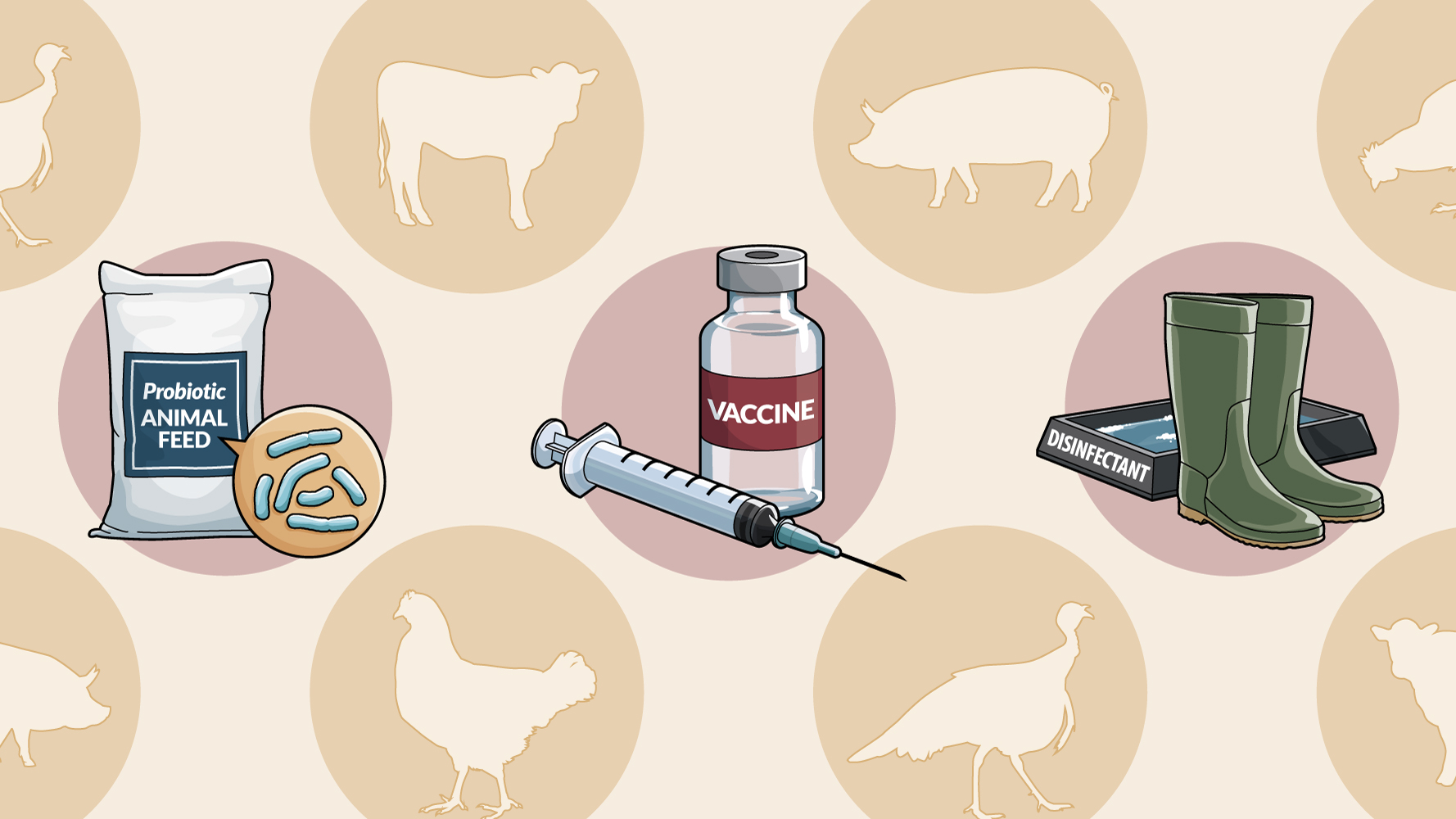Productivity in agribusiness depends on different factors. Farm owners need to implement different approaches to improve their farms’ productivity. Such include employing qualified farm workers while removing underperforming animals and replacing them with performing ones. Another crucial thing to improving productivity is biosecurity measures and sanitation to prevent the outbreak of diseases that result in massive losses. So, what are biosecurity and sanitation, and what actions should you take to improve productivity?
Understanding Biosecurity and Important Measures to Take
Biosecurity is a general term for strategies or measures to prevent infectious diseases on a farm. Maintaining a program and adopting hygiene practices to prevent infections is crucial. Therefore, a biosecurity program will involve planning, implementation, and control. The key to successful biosecurity programs in a livestock farm is to reduce pathogens and prevent the spread of pathogens on the premises. The following are essential measures that must be implemented in a livestock farm for more productivity.
- Continuous biosecurity audits are necessary for the facility to ensure compliance with cleanliness standards and the implementation of biosecurity measures. Furthermore, using QPCR probes has helped improve productivity by testing and eliminating pathogens while providing high-performing animal breeds.
- Limiting visitor access to the farm is essential. It is crucial to record all visitors who visit the farm to ensure they are approved. It is also necessary to ensure they have a downtime of at least 72 hours after visiting another farm before they can access yours.
- Visiting younger herds before older ones should be the norm. Seeing older ones last because older animals tend to have more diseases than younger ones. Therefore, it limits the spread and transfer of pathogens to younger animals.
- Cleaning equipment from other farms before use. It helps remove any pathogens that might have attached and transfer them to your farm. It can also be a good idea to wait three days before using them.
- If you have a poultry farm, ensure the birds are away from other farms, ponds, and rivers to minimize exposure to wild birds that could transfer pathogens.
Steps Leading to Effective Sanitation in Livestock Farms
Sanitation helps keep animals healthy by maintaining good hygiene. Animals from a healthy parental line and good hygiene help reduce diseases and improve growth throughout the lives of the animals. Sanitation is more than choosing disinfectants. It also involves other steps to help achieve optimum hygiene for healthy and productive animals. The measures include the following.
- Washing the facility thoroughly and paying close attention to drainage, air inlets, and such is also recommendable. It also includes cleaning control rooms for improved safety.
- Removable equipment should be detached and cleaned with a detergent before disinfecting. Any tool that is not washable must not be reused. Instead, dispose of it safely.
- Staff areas like dining, offices, and locker rooms must be clean, and clothing and footwear must be washed and disinfected before being used again.
- The best way to confirm the sanitation measures’ effectiveness is to conduct a microbial test and visual inspection. Quantitative lab tests can also help measure the program’s effectiveness.
Summary
You need to account for these essential measures in your livestock farm for more productivity. Biosecurity and sanitation measures help prevent the spread of pathogens that cause diseases, increasing the produce on your farm.


